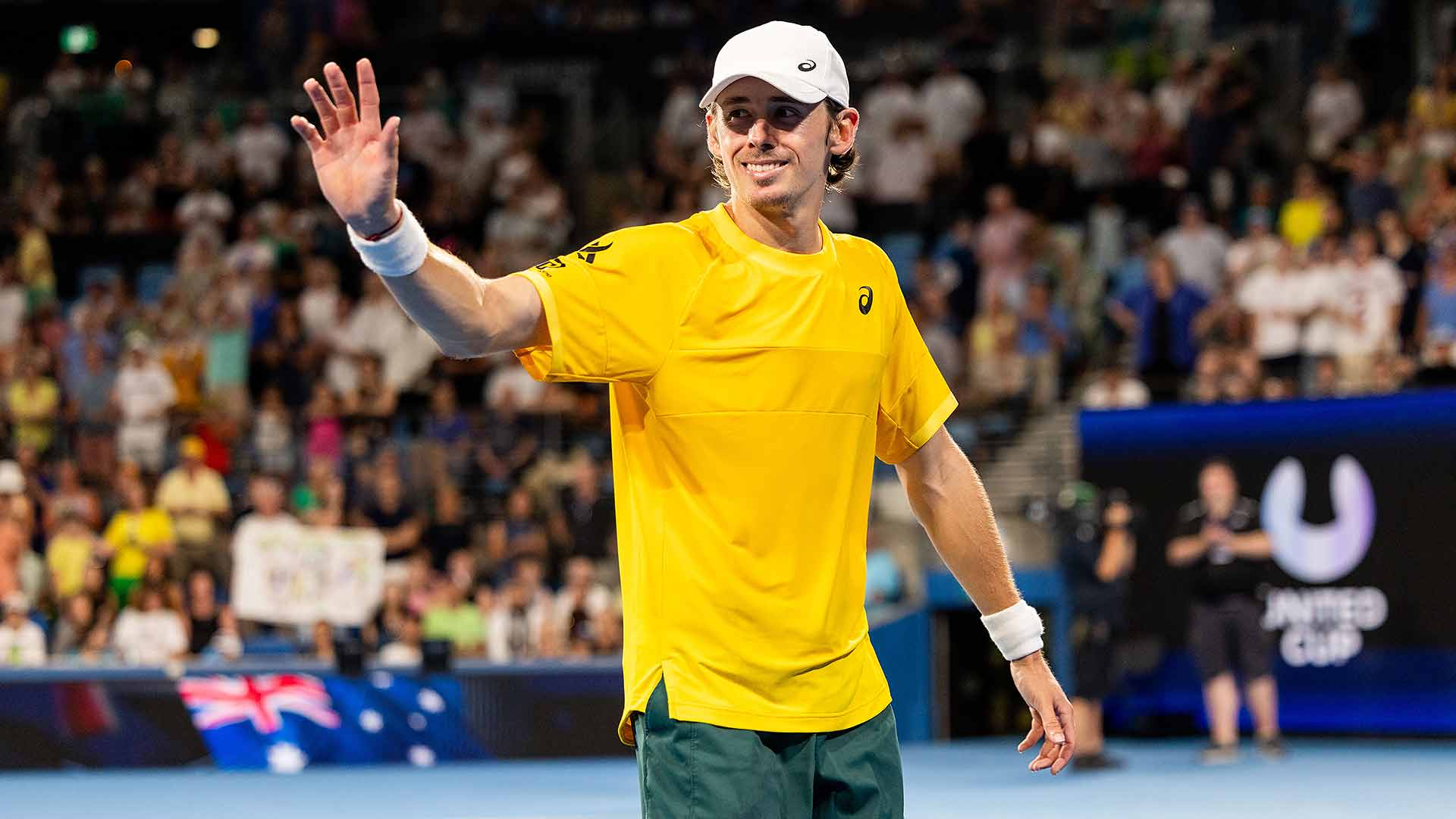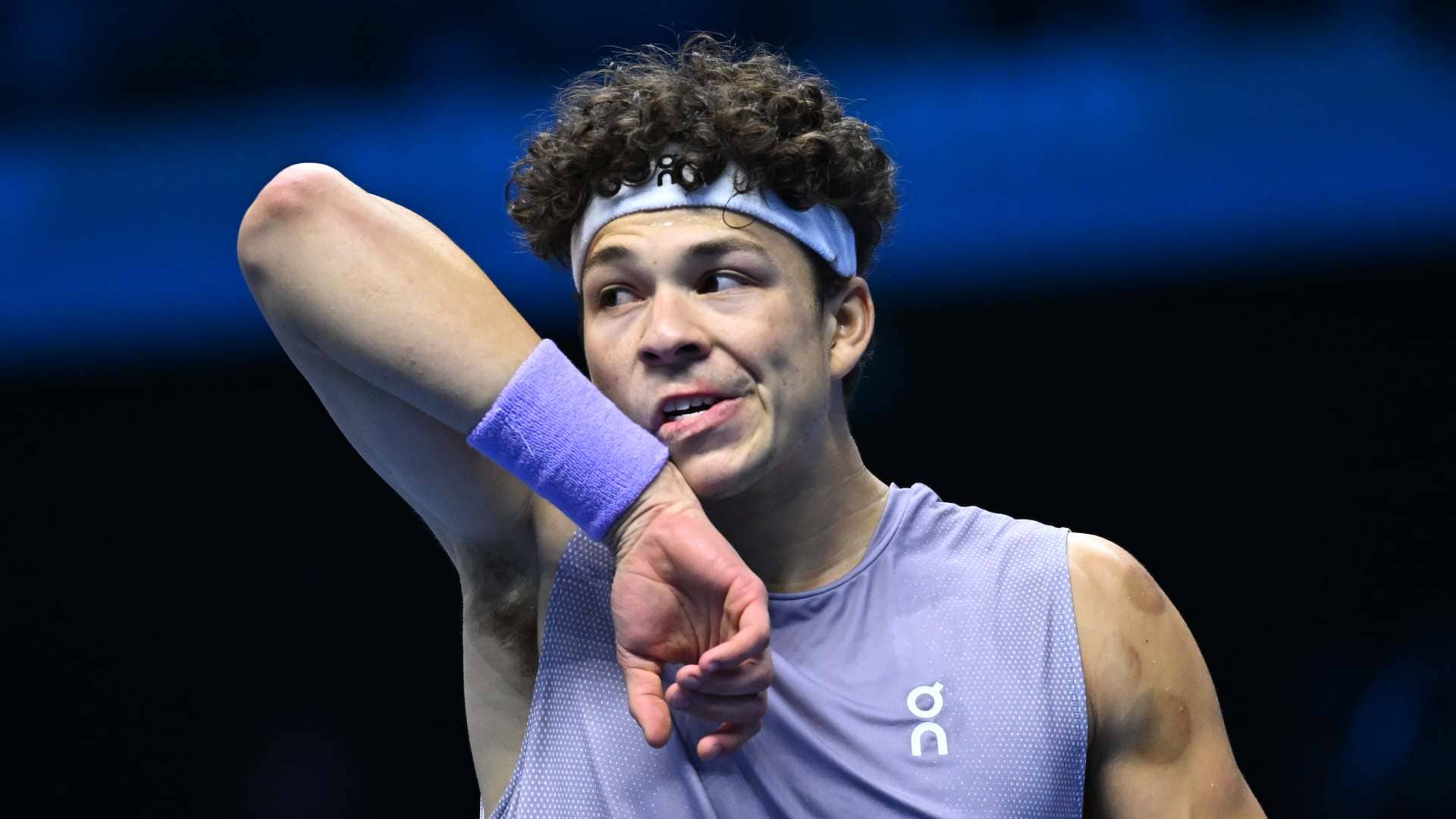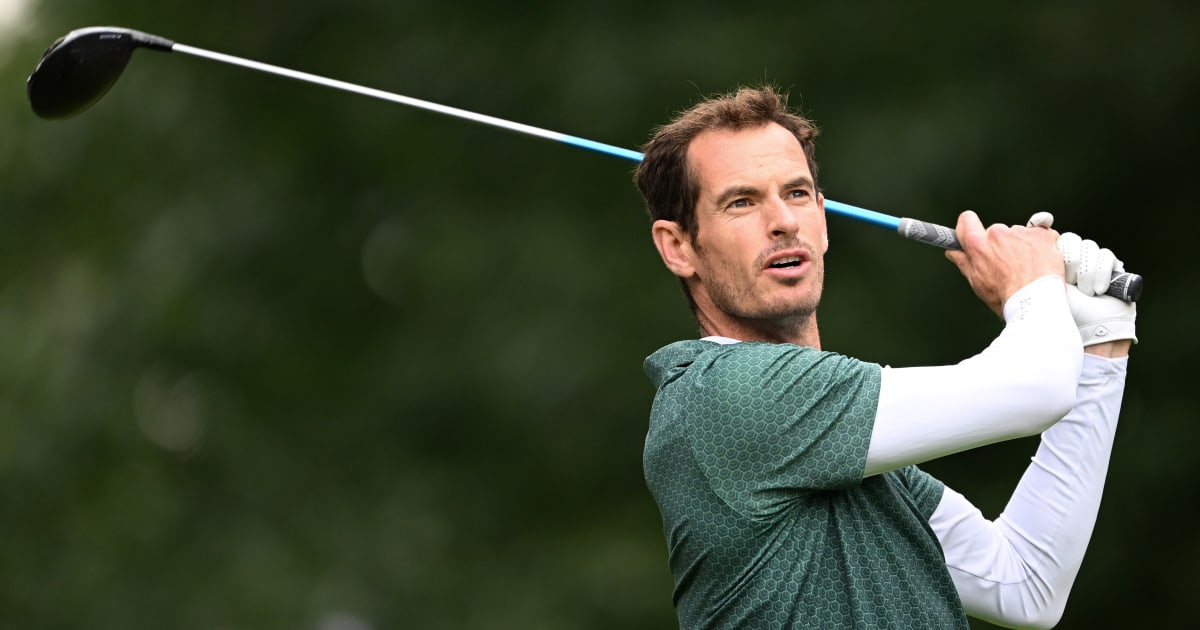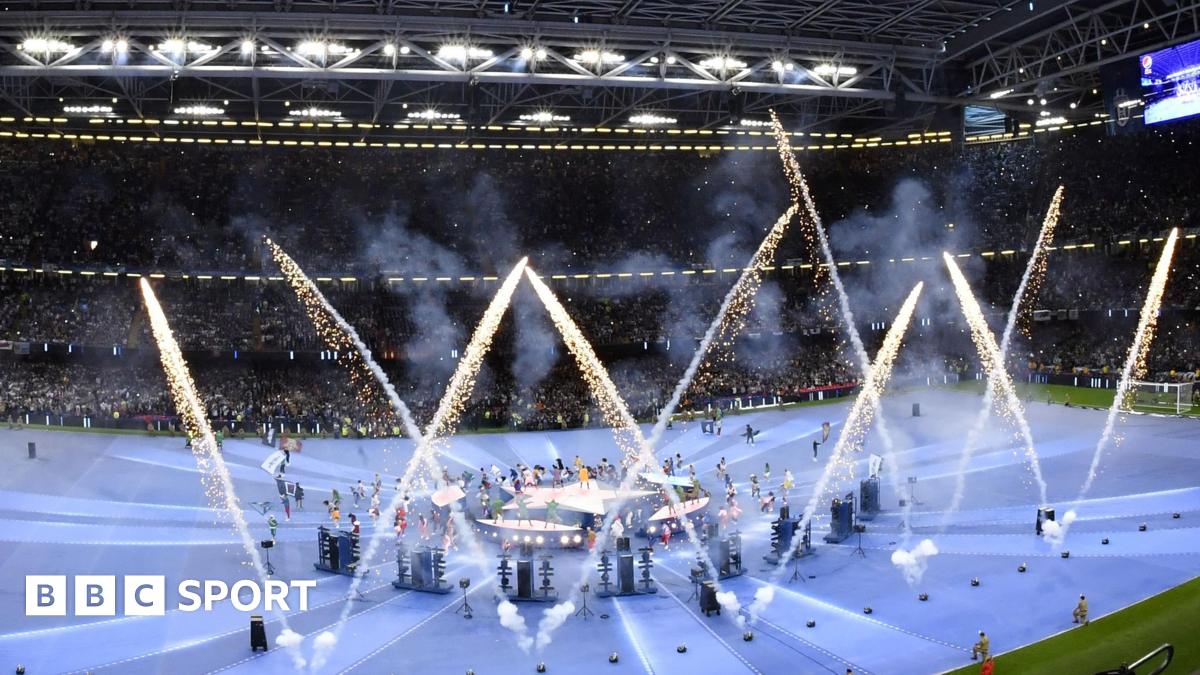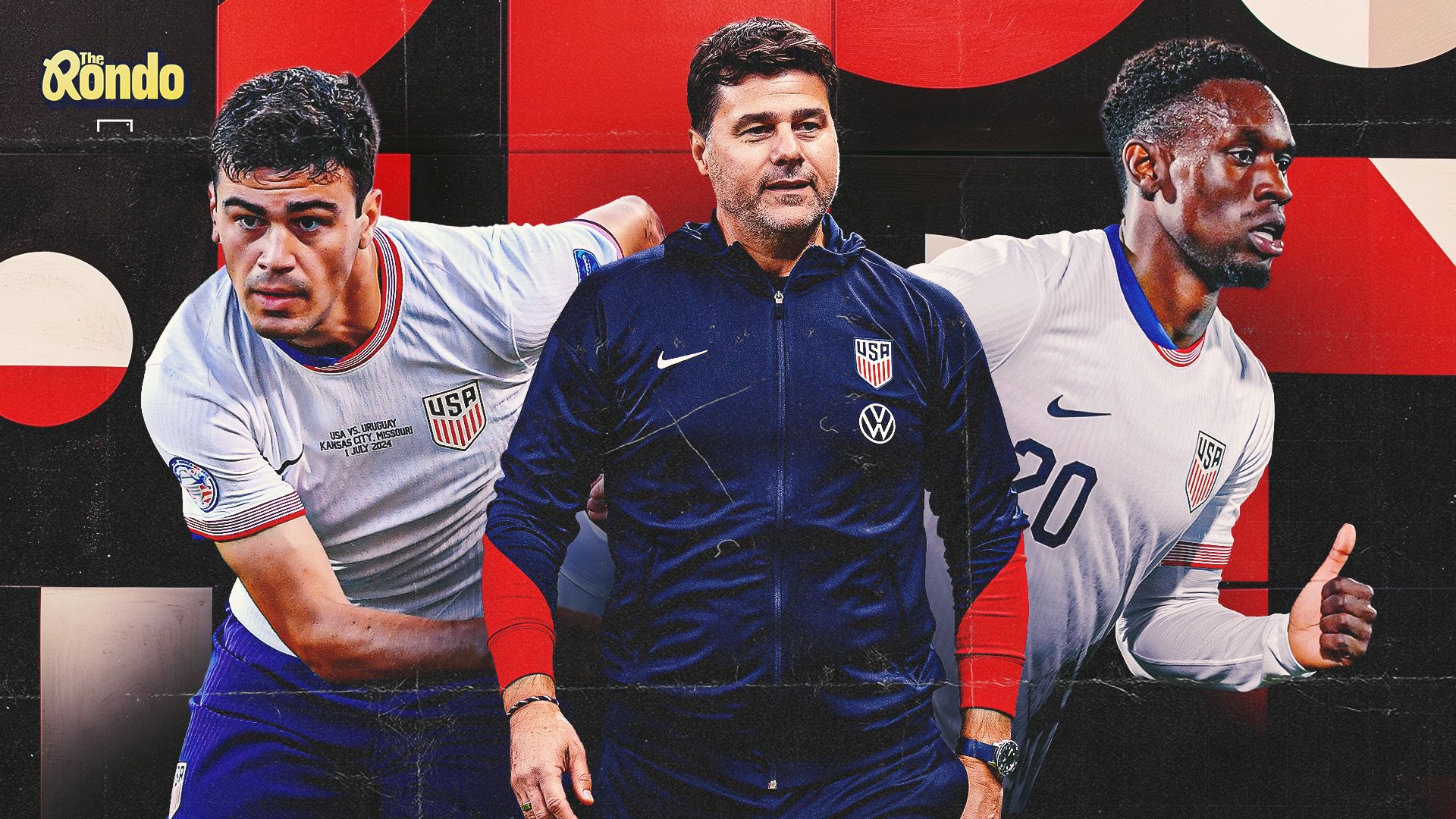Tokyo 2025 Deaflympics: International Event Marks a Century of Sporting Action
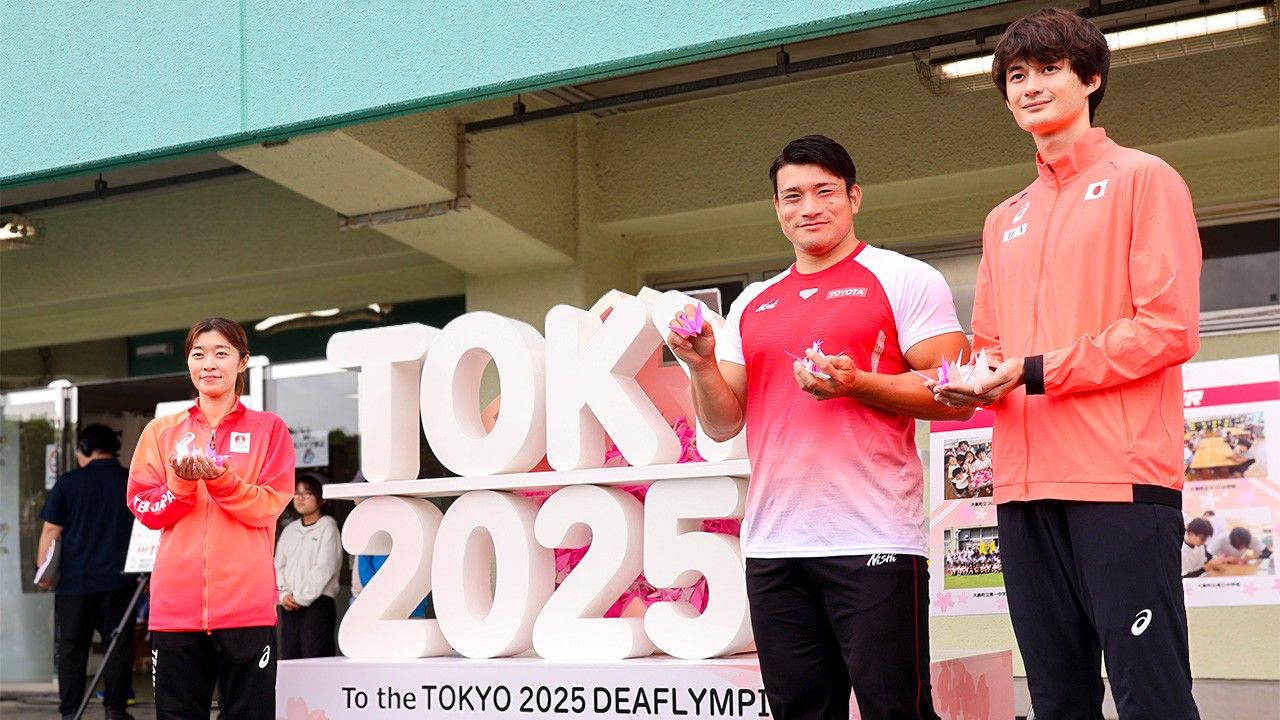
A Centennial Celebration in TokyoThe Deaflympics are an international multisport event for deaf athletes, organized by the International Committee of Sports for the Deaf. The Tokyo games will be the first to be held in Japan and are expected to draw approximately 6,000 participants from 70 to 80 countries and regions over 12 days, from November 15 to 26.This year’s games also mark the centennial of the Deaflympics, first held in Paris in 1924—making them older than the Paralympics, which began after World War II.Tokyo 2025 is guided by a threefold vision to connect people and society through the brilliance and values of deaf sports, bridge the Tokyo 2025 Deaflympics to the world and the future, and realize an inclusive society where everyone can make the most of their individuality and exert their abilities. Building on the legacy of the Tokyo Paralympics in 2021—which deepened public understanding of disability sports and spurred improvements in accessibility infrastructure—the Deaflympics aim to carry that momentum forward in pursuit of a truly inclusive society.Speaking in sign language, Ishibashi Daigo, president of the Japanese Federation of the Deaf, noted, “We’re trying to break down barriers to language and communication as we work toward a society and a world where no one is left behind. Our goal is to create a community where people with and without disabilities can live together and lead rich, fulfilling lives.”Competing Through Visual CuesThe Games will feature 21 sports, including athletics, swimming, tennis, table tennis, judo, karate, volleyball, and basketball. Main venues include Tokyo Metropolitan Gymnasium, Komazawa Olympic Park, and Tokyo Aquatics Center, with some events being held outside Tokyo, such as soccer at J-Village in Fukushima Prefecture and cycling at the Japan Cycle Sports Center in Shizuoka Prefecture.While the rules are largely the same as in mainstream sports, deaf athletes rely on visual cues rather than auditory signals. In track and swimming, for example, starting lights are used instead of starting pistols. In karate, lights indicate fouls or points. In soccer, referees use flags in addition to whistles. And in volleyball, referees shake the net to signal violations, such as contact with the net.Athletes also rely on eye contact and sign language to communicate. In individual sports, they may watch large screens to gauge competitors’ movements and strategies.Competing in her third Deaflympics, middle-distance runner Okada Mio reflects, “I’ve taken part in events for hearing athletes, but I often struggled with the lack of auditory cues. Accessing information is much easier, both during competition and in everyday life, when it’s made visible through sign language interpreters or on-screen displays.”Some athletes, meanwhile, view their hearing impairment as an advantage. Discus thrower Yugami Masateru explains, “During competition, I remove the external parts of an implant that helps me hear. This way, I can’t hear anything, and it helps me to concentrate.” Yugami, who also competes against hearing athletes, holds the Japanese national record in the discus and took part in the World Athletics Championships in September, held at Tokyo’s National Stadium. He says he was deeply moved by the sight of spectators in the stands rooting for him with “cheer signs.”A New Way to CheerVisual cheer signs were newly developed in response to feedback from deaf athletes, who said that while they could not hear the cheers or applause, they still hoped to feel the crowd’s support. Created by the Tokyo Metropolitan Government in collaboration with deaf artists and performers, these gestures are based on sign language.In sign language, applause is expressed by raising both hands to head level and twisting one’s wrists back and forth. Based on this gesture, three new cheer signs were created for the Deaflympics: “Go!” “You can win!” and “Go for the medal, Japan!” Events have been held at schools and other venues to teach these cheers as part of a broader awareness campaign aimed at making the games a shared experience for all—regardless of ability.Compared to the Paralympics—which are organized in conjunction with the Olympics—the Deaflympics have yet to achieve the same level of public recognition. To address this, the Japanese Federation of the Deaf and the Tokyo Metropolitan Government are conducting nationwide PR activities and hosting events to promote deaf sports and raise awareness of the games. These outreach efforts also help spread the use of visual cheer signs.According to the organizers, the Deaflympics are expected to cost ¥13 billion. Of this, ¥10 billion will be covered by the Tokyo Metropolitan Government, ¥2 billion by the national government, and the remaining ¥1 billion through sponsorships and donations. Despite the event’s relatively low public profile, more than 130 companies and organizations had signed sponsorship agreements by the end of October—an encouraging sign of growing societal support for disability sports.Building on the legacy of the Paralympics, the metropolitan government is using the Deaflympics as a catalyst to advance its Daredemo Tokyo (Tokyo for Everyone) initiative, which aims to enhance accessibility for the elderly and people with disabilities. For individuals with hearing impairments, efforts include installing transparent displays that convey text via touch screens and flash doorbells that use light instead of sound, as well as developing video apps for sign language interpretation. These efforts aim to integrate universal communication technologies into everyday life.A Paralympic Champion Leading Japan’s Sports PolicyIn October, Kawai Jun’ichi, a former Paralympic swimming gold medalist, was appointed commissioner of the Japan Sports Agency. Blind since childhood, Kawai made his Paralympic debut at the 1992 Barcelona Games at age 17 and went on to compete in six consecutive games through London 2012, winning 21 medals, including 5 golds.Japan’s 2011 Basic Act on Sport marked a turning point in the approach to disability sports, stating, “Sport shall be promoted with due consideration according to the type and degree of disability so that persons with disabilities can play sport voluntarily and proactively.” This shifted the focus from welfare to empowerment. Notably in 2014, jurisdiction over disability sports was transferred from the Ministry of Health, Labor, and Welfare to the Ministry of Education, Culture, Sports, Science, and Technology and is now overseen by the Japan Sports Agency. Kawai is the agency’s third commissioner, following Olympic gold medalists Suzuki Daichi and Murofushi Kōji.“My appointment sends a strong message that sports can help build an inclusive society,” Kawai says. “I’m committed to elevating the value of sports and working diligently toward that goal.” In late October, he visited Tokyo Governor Koike Yuriko and pledged his support for the Deaflympics, stating, “The national government has a role to play in making this a truly memorable event.”The Same Uniforms and a Shared VisionTeam Japan will wear the same uniforms as those worn by the country’s Olympic and Paralympic athletes. “This means a lot to us,” noted Matsumoto Takumi, flag bearer and captain of the men’s soccer team, at a press conference held at the Japan National Press Club. “We’re not just participating in a sporting event—we’re carrying forward the legacy built by the deaf community and helping shape a new era. We want to keep the momentum going even after the games end and continue working to improve the environment for children and our peers.”Team Japan won a record 30 medals, including 12 golds, at the 2022 Deaflympics in Brazil. With the support of local fans and their cheer signs, expectations are high for another strong performance.Asked by organizers at the same press conference to write a short message for the upcoming games, karate athlete Ogura Ryō quoted an ancient saying: “Raindrops boring a hole through stone.” Just as steady drops of rain can eventually wear away even the hardest rock, small and persistent efforts can lead to meaningful change—a message that resonates deeply with the vision of a more inclusive society.(Originally published in Japanese on November 4, 2025. Banner photo: Okada Mio, left, and fellow athletes promote the Tokyo 2025 Deaflympics at a one-month countdown event on October 15. © Matsumoto Sōichi, Nippon.com.)

